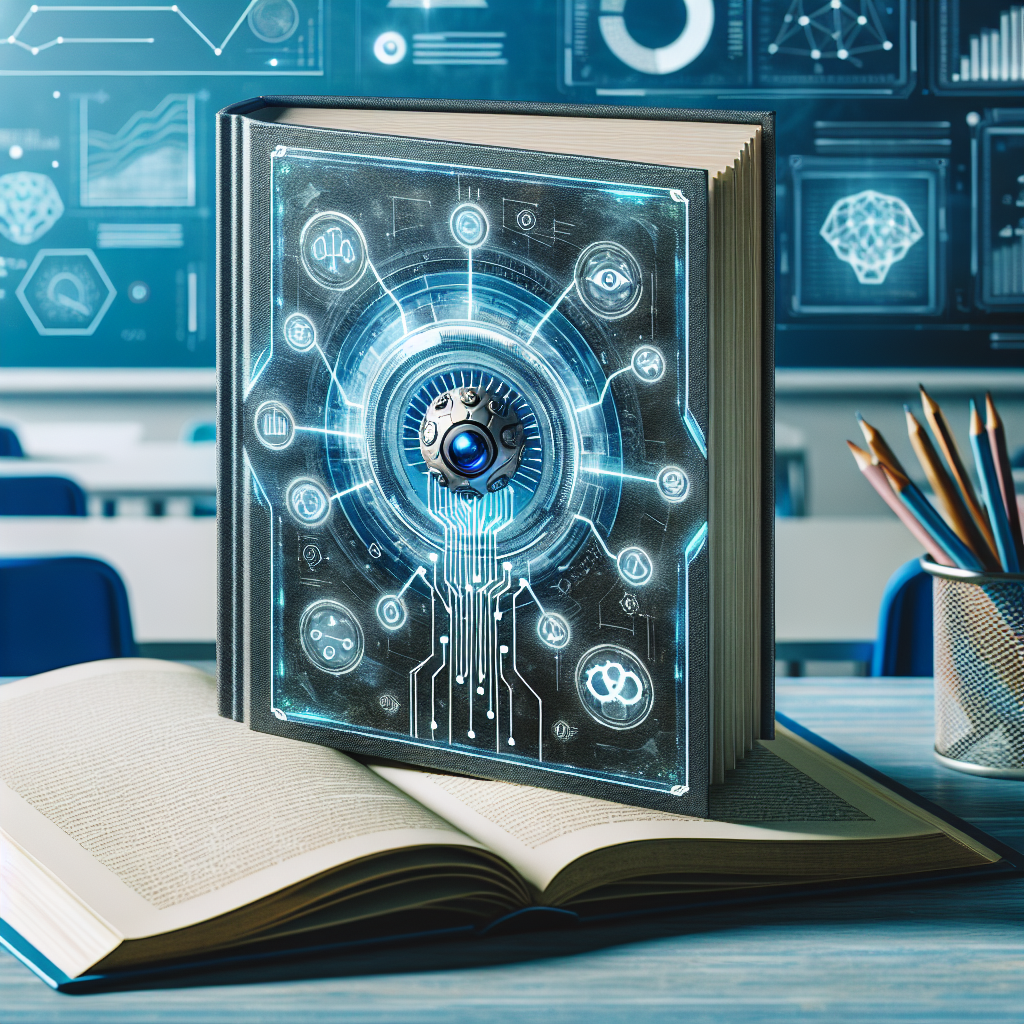The Future of Textbooks: AI-Powered Content and Interactive Features
In recent years, the landscape of education has been rapidly evolving with the integration of technology into the classroom. One of the most significant changes has been the shift from traditional printed textbooks to digital textbooks. These digital textbooks are not just PDF versions of their paper counterparts but are interactive, multimedia-rich resources that are changing the way students learn and teachers teach.
With the advancement of artificial intelligence (AI) technology, the future of textbooks is poised to take another leap forward. AI-powered content and interactive features are revolutionizing the way educational material is created, delivered, and consumed. In this article, we will explore the impact of AI on textbooks and how it is shaping the future of education.
AI-Powered Content
AI technology has the potential to transform the content of textbooks in a number of ways. One of the key benefits of AI-powered content is its ability to personalize learning experiences for students. By analyzing data on student performance and preferences, AI algorithms can create customized learning paths that cater to individual needs and learning styles. This means that students can receive targeted support and resources that are tailored to their specific strengths and weaknesses.
AI can also help to create more engaging and interactive content. Textbooks can be enhanced with multimedia elements such as videos, animations, and interactive simulations that make learning more dynamic and immersive. AI algorithms can also generate real-time feedback and assessments, allowing students to track their progress and receive immediate guidance on areas that need improvement.
Furthermore, AI-powered content can adapt and evolve over time. As new research and information become available, textbooks can be updated and revised automatically to ensure that students have access to the most current and relevant content. This dynamic approach to content creation ensures that students are always learning from the most up-to-date resources.
Interactive Features
In addition to AI-powered content, the future of textbooks is also characterized by a range of interactive features that enhance the learning experience. These interactive elements go beyond traditional text and images to provide students with hands-on learning opportunities that promote critical thinking and problem-solving skills.
One example of interactive features in textbooks is the use of augmented reality (AR) and virtual reality (VR) technology. With AR and VR, students can explore complex concepts and scenarios in a 3D environment, making abstract ideas more tangible and easier to understand. For example, students studying biology can use AR to dissect virtual organisms and explore their internal structures in a way that is not possible with traditional textbooks.
Another interactive feature that is gaining popularity in textbooks is gamification. By incorporating game-like elements such as quests, challenges, and rewards, textbooks can make learning more engaging and enjoyable for students. Gamification encourages students to actively participate in their learning process and motivates them to achieve their academic goals.
FAQs
Q: How will AI-powered textbooks affect the role of teachers in the classroom?
A: AI-powered textbooks are designed to complement, not replace, the role of teachers in the classroom. Teachers will still play a crucial role in guiding and supporting students, but AI technology can help them to personalize instruction and provide targeted interventions for individual students.
Q: Are AI-powered textbooks accessible to all students, including those with disabilities?
A: AI-powered textbooks can be designed to be accessible to students with disabilities by incorporating features such as screen readers, text-to-speech functionality, and alternative formats. Accessibility guidelines should be followed to ensure that all students can access and benefit from AI-powered content.
Q: How can schools and educational institutions adopt AI-powered textbooks?
A: Schools and educational institutions can adopt AI-powered textbooks by partnering with publishers and technology companies that specialize in digital education. It is important to provide training and support for teachers and students to ensure successful implementation of AI-powered content in the classroom.
In conclusion, the future of textbooks is bright with the integration of AI-powered content and interactive features. These advancements are transforming the way students learn and teachers teach, making education more personalized, engaging, and effective. As AI technology continues to evolve, we can expect to see even more innovative and dynamic educational resources that will shape the future of education for generations to come.

